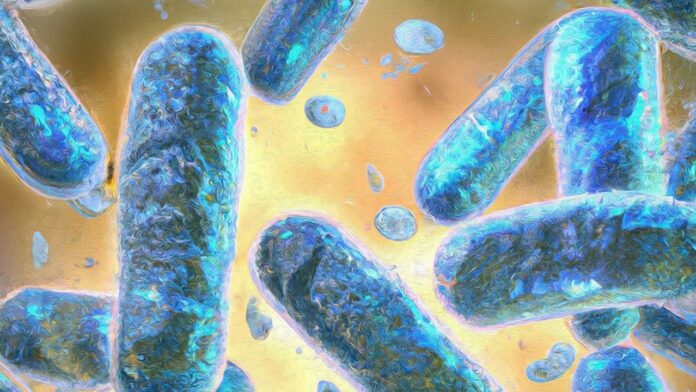These semi-living cells offer a wide range of biomedical applications
By BRANDON NGUYEN — science@theaggie.org
In a recent study published in the journal of Advanced Science, UC Davis biomedical engineers successfully synthesized “cyborg cells.” These semi-living cells exhibit traits of a living cell but are unable to replicate, allowing researchers to better control the conditions of the cells and manipulate them to carry out specific functions.
“Natural cells can perform complex tasks through synthetic genetic constructs, but their autonomous replication often causes safety concerns for biomedical applications,” the study reads. “In contrast, artificial cells based on nonreplicating materials, albeit possessing reduced biochemical complexity, provide more defined and controllable functions.”
Luis Eduardo Contreras-Llano, lead author on the study and a former molecular and synthetic biologist at UC Davis, explained how he helped create the cyborg cells.
“By infusing living bacterial cells with a synthetic hydrogel, we could produce an extracellular-like matrix within them,” Contreras-Llano said. “This then produces these cyborg cells, that become programmable, do not divide and gain nonnative abilities that we can apply for biomedical purposes, such as delivering drug therapeutics to tumor cells.”
Artificial hydrogel is a synthetic polymer, which is composed of smaller, basic units that help build a net-like structure when exposed to ultraviolet light. Creating this matrix within a bacterial cell prevents it from splitting apart or replicating. It also enables the cells to be more rigid and resistant to environmental stressors that would usually kill normal cells.
Dr. Cheemeng Tan, an associate professor of biomedical engineering at UC Davis and senior author on the paper, discussed some limitations of the cyborg cells his lab has created.
“Currently, we’re really working on how long they can be active,” Tan said. “Infusing live cells with this synthetic material can disrupt some protein expression, and in a sense these cells take a hit to their lifespan. So we’re still trying to improve and optimize the synthesis of these cyborg cells so that we can scale them up while maintaining purity of the product.”
Tan emphasized that these cells will not be deployed into the environment or healthcare any time soon, since safety and quality checks still need to be made. While, naturally, there are drawbacks to the cyborg cells in their early phases, Tan and Contreras-Llano expressed their optimism about their future biomedical applications and acknowledge this big first step.
“You can imagine in the future, we could have these cyborg cells serve as biosensors in the environment, not noticeable to the human eye,” Contreras-Llano said. “When a pathogen enters the environment or temperatures are hotter or cooler than normal, the cells could detect these changes and fluoresce to send signals back to notify us. Then, once they have served their purpose, they can die off harmlessly.”
This is just one potential example of the wide range of applications these cyborg cells could have to help combat environmental or clinical dilemmas that would otherwise appear difficult to resolve.
Written by: Brandon Nguyen — science@theaggie.org




